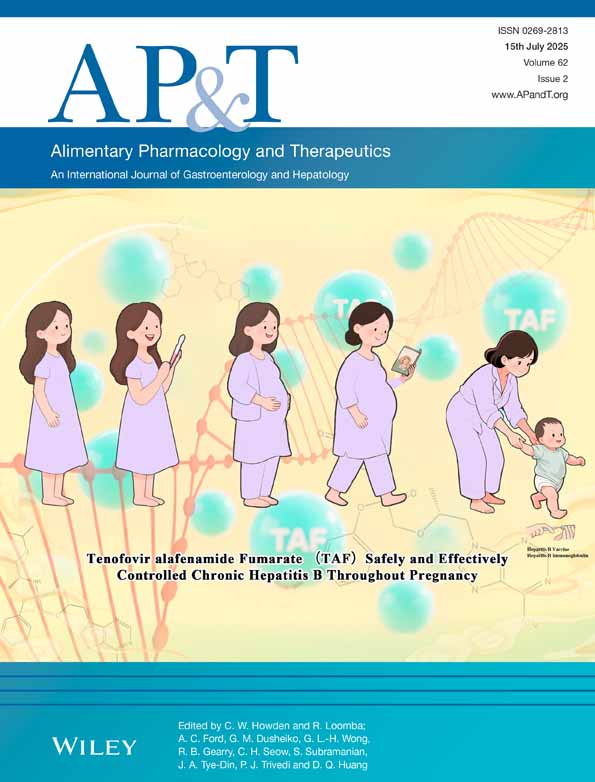Letter: Selective FGFR1c/KLB Activation in MASH—A Mechanistic Dilemma?
Funding: The authors received no specific funding for this work.
The Phase 2b trial of MK-3655 (NCT04583423) provides critical insights into fibroblast growth factor 21 (FGF21) pathway modulation, yet raises fundamental questions about therapeutic targeting strategies [1]. While the reported 26.1% placebo-adjusted liver fat reduction at 300 mg (p < 0.05) aligns with early-phase FGF21 analogs [2], it falls substantially below the ≥ 40% reductions seen with efruxifermin [3] and pegozafermin [4] in comparable populations. This discrepancy underscores a key mechanistic consideration: does selective FGFR1c/KLB activation sufficiently replicate FGF21's pleiotropic effects?
The trial's early termination limits histological interpretation, but the 17.6% MASH resolution rate at 300 mg versus 5.9% placebo (p = NS) suggests partial biological activity. However, the modest efficacy contrasts with dual FGFR1c/2c/3c activators showing 24%–26% MASH resolution rates [3, 4]. Preclinical models indicate FGFR1 primarily mediates metabolic effects through adipose tissue [5], but human data now suggest broader receptor engagement may be necessary for optimal hepatoprotection. This aligns with the 48% greater LFC reduction seen with pan-FGFR activator pegozafermin [3] versus MK-3655.
The safety profile merits attention. While MK-3655 showed fewer gastrointestinal events than FGF21 analogs [3, 4], its 2.2%–4.3% blood pressure elevation mirrors class effects observed in SYMMETRY trial [6]. Paradoxical weight gain (+1.2 kg vs. placebo) contrasts with FGF21's catabolic profile, potentially reflecting incomplete β-Klotho receptor engagement or compensatory mechanisms.
This study crucially demonstrates that isolated FGFR1c activation achieves a partial therapeutic effect, challenging the sufficiency of ‘adipose-first’ strategies in MASH. Future development should explore whether multi-receptor agonists or combination therapies can optimise metabolic-liver crosstalk while maintaining favourable safety profiles.
Author Contributions
Cuiyun Tao: conceptualization, writing – original draft, data curation, investigation. Ye Liang: writing – original draft. Jianghui Zeng: writing – review and editing, conceptualization.
Linked Articles
This article is linked to Raji et al. paper. To view this article, visit https://doi.org/10.1111/apt.70038.
Open Research
Data Availability Statement
Data sharing is not applicable to this article as no new data were created or analyzed in this study.




